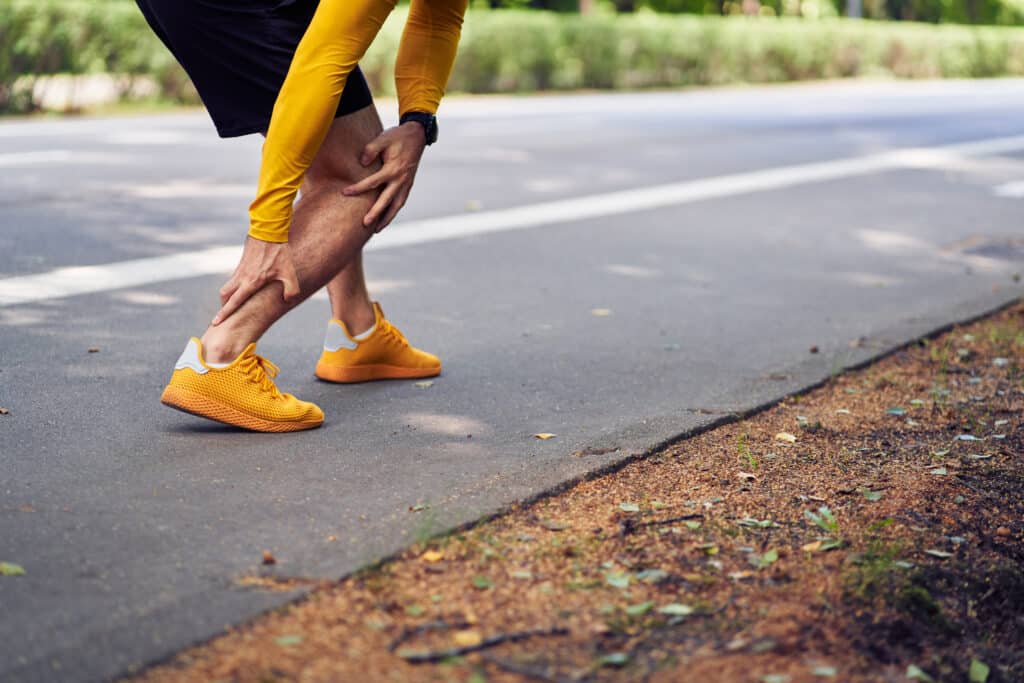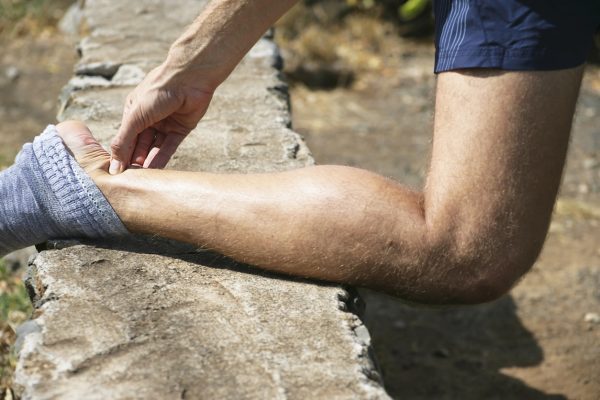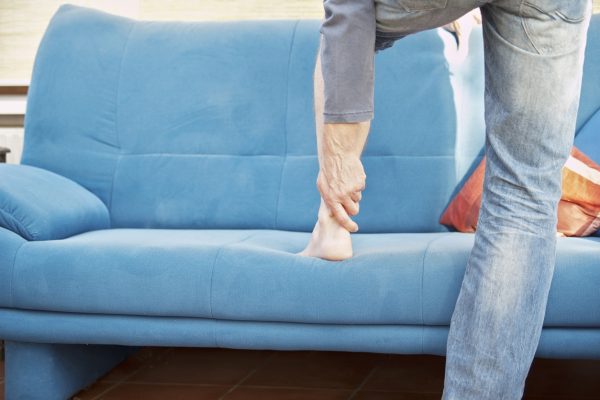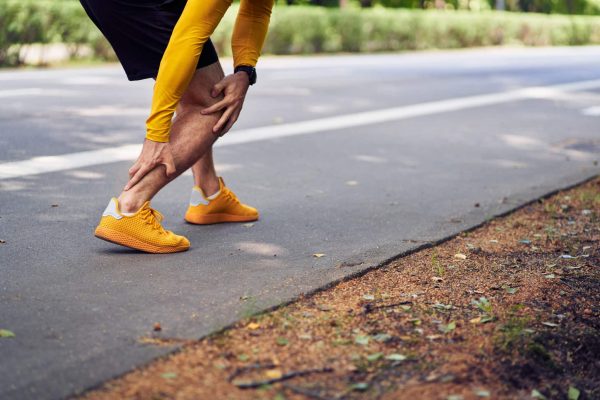
The Achilles tendon is a strong band of tissue that connects the calf muscles to the heel bone. It is the largest tendon in the body and is essential for walking, running and other physical activities. However, due to overuse or sudden trauma this tendon can rupture. An Achilles tendon rupture can cause a lot of constant pain and make it difficult to walk or move, therefore causing achilles tendon rupture to become serious. Exercise is an essential part of rehabilitation post-injury. In this blog post, we will discuss the best exercises for Achilles tendon rupture.
Stretching the calf muscles
Stretching is the first step towards recovery. Begin by stretching the calf muscles gently. Stretching helps increase the range of motion and reduce stiffness. Place your toes against a wall with your heels on the floor. Lean forward, keeping your back straight, and hold the stretch for 20 to 30 seconds. Repeat this stretch three times daily.
Eccentric heel drops
Eccentric heel drops help increase the strength of the Achilles tendon. Stand on the edge of a step with your heels hanging off. Slowly lower your heels down towards the floor, taking 3 to 4 seconds to complete each rep. Rise up using your other foot and repeat the process. Do this exercise for three sets of 15 to 20 repetitions.
Towel curls
Towel curls are a simple exercise that helps strengthen your toes and calf muscles. Sit on the floor with a towel under your foot. Scrunch your toes and pull the towel up towards you. Release your toes and repeat the process. You can make this exercise more challenging by adding weights to the towel.
Runner’s stretch
The runner’s stretch is a simple exercise that helps stretch the entire lower leg. Stand facing a wall with one foot forward and the other behind you. Keep the heel of the back foot on the floor and bend your front knee. You should feel the stretch in your calf and Achilles tendon. Hold the stretch for 20 to 30 seconds and repeat on the other leg.
Swimming
Swimming is an excellent low-impact exercise for the entire body. It helps increase blood flow and improve mobility. Swimming involves several muscle groups, including the calf muscles. Swim for 30 minutes per day, at least three days per week.
Exercising post-Achilles tendon rupture is essential to increase strength and mobility, thus helping to promote the natural healing of an Achilles tendon rupture. Begin with gentle stretches, and gradually increase the intensity of the exercises. If you experience pain or discomfort, stop the exercise and consult with your physiotherapist or kinesiologist/fitness trainer for Achilles tendon rupture treatment. These exercises are just a few examples of what you can do to speed up your recovery and stop the Achilles tendon rupture from progressing. Remember to be consistent and patient with yourself. Your Achilles tendon will heal, and you will be back to your daily routine in no time.
If you have any questions or would like to explore further, please book a free, no-charge online appointment with either myself, Evelyn Merriman, BKin, RKin, or another Kitchener Kinesiologist at CARESPACE. We are happy to listen and are here to help!
For in-depth insights into diagnosis and management, see our Comprehensive Achilles Tendon Rupture Resource.




